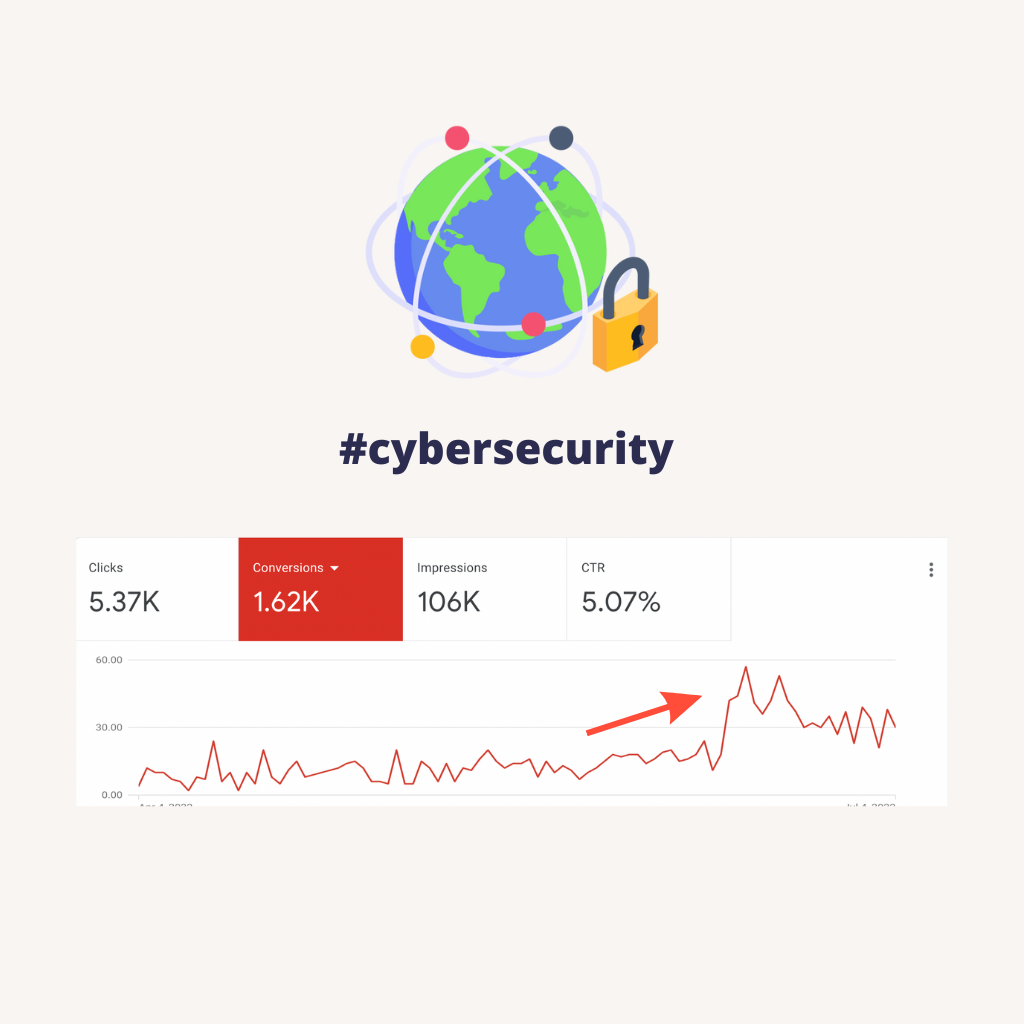The Client
Kodo Survey is the first learning analytic tool for measuring the impact of corporate training and development. The software allows large companies to determine the return-on-investment (ROI) of corporate training and development using data-driven insights to increase the effectiveness of their programmes and drive employees performance.
The Challenge
When our LinkedIn ads agency started working with Kodo Survey, we found that their website was relatively slow, especially on mobile devices, and the conversion tracking was not set up correctly. They already had experience with using Google Ads to acquire leads, but it wasn’t proving effective.
We highlighted several drawbacks and limitations of Google AdWords, including:
- Excessive cost: The CPC (cost-per-click) of many of Kodo Survey’s keywords exceeded $13, while many minimum first page bids exceeded $10 per click.
- Wastage: Due to the broad nature of some of Kodo Survey’s target keywords, they generated a substantial amount of unwanted website traffic from students and academics conducting research and comparatively little traffic from the company’s target customers, i.e.: large enterprises.
- Limited targeting: While keyword pay-per-click advertising provided Kodo Survey with brand exposure, they needed a better way to target their audience. They weren’t implementing niche long-tail keywords that would enable them to reach their particular target profile.
The Solution
We felt that LinkedIn could achieve better results for Kodo Survey and outperform other targeting options, including Google AdWords. We decided to use lead gen on from LinkedIn, as they enabled us to do the following:
- Capture leads and measure results without using their website. Using the lead gen form, we can direct prospects at the last stage of the form to the downloadable content via a URL.
- Gather more leads, as LinkedIn pre-fills most of the information.
- Target highly authoritative decision-makers with specifics job titles or job functions that were only applicable to the client’s industry.
It is currently impossible to do all of the above through Google AdWords.
To provide a seamless mobile user experience, we decided to use lead generation forms generate a higher form completion rate.

Our main goal was to understand the type of audience our client was looking to attract. We started by defining the audience and breaking it down into various subgroups. This enabled us to test which targeting types were the most efficient.
Step 1: Targeting Option
LinkedIn lead generation ads allowed us to target via the following:
- Location: we targeted the U.S., Australia, and five European countries where our client was able to generate the highest levels of interest from their leads.
- Company size: we targeted companies that had over 1,000 employees.
- Job titles: we chose specific senior roles, as our ideal prospects were likely to have executive roles, such as “VP manager of…” and “Head of…” roles.
- Job functions: we excluded all the job functions related to Education which were not applicable as per the below image.

Step 2: Campaigns
We chose the sponsored content ads format, which allowed us to promote ads as content updates. This would then appear in the newsfeeds of the target audience. The ad would only appear while using the LinkedIn mobile app, as we were only using the LinkedIn lead gen forms.
Step 3: Ad Copy
We worked closely with Kodo Survey to ensure the ad copy would resonate with their buyer persona. We ran a total of five campaigns, and for each campaign we had four different ad variations (pure direct response style ads or gated content). Each creative version had different copy (headline + text), which would allow us to test and decide (based on performance) what was working and what wasn’t.
Results
LinkedIn ads proved to be a very effective strategy for online B2B lead generation, allowing Kodo Survey to reach their perfect customer profile at a lower cost-per-lead. This, combined with different ad goals (demo, case study, webinar), was extremely effective in driving the right leads for Kodo. Additionally, the utilization of digital content assets like whitepapers and webinars was a much more effective way of getting online leads than just focusing on “Demo” form completions.
65 qualified leads were generated the first month:

Key Metrics Results
- Revenue increased by 181%.
- In seven weeks, LinkedIn Ads surpassed the lead volume that the previous 13 months of Google AdWords PPC had produced.
- In three months, LinkedIn Ads delivered 167% more leads than what the previous 13 months of Google AdWords PPC produced — for 82% less budget.
- The cost-per-lead during the four months of LinkedIn Ads was 94% lower than Google AdWords.
- The conversion rate was more than 1,500% better than Google AdWords PPC.
The quality of prospects generated was ideal and the client was happy with the cost-per-lead. This is a small selection of job titles and demographics, which show that the majority of clicks were targeted at the correct audience.

There are definitely benefits to running LinkedIn lead generation ads. Compared to the Google Ads campaigns that we were also running, these campaigns provide instant results in a relatively space of short time. The growing importance of a mobile-first experience makes social ads platforms like LinkedIn the perfect resource to target the ideal B2B audience.
If you’d like to learn more about how our LinkedIn ads agency helps B2B SaaS and Tech companies grow their MRR through LinkedIn advertising, contact us online or send us an email today at info@getuplead.com to speak with someone on our team.



